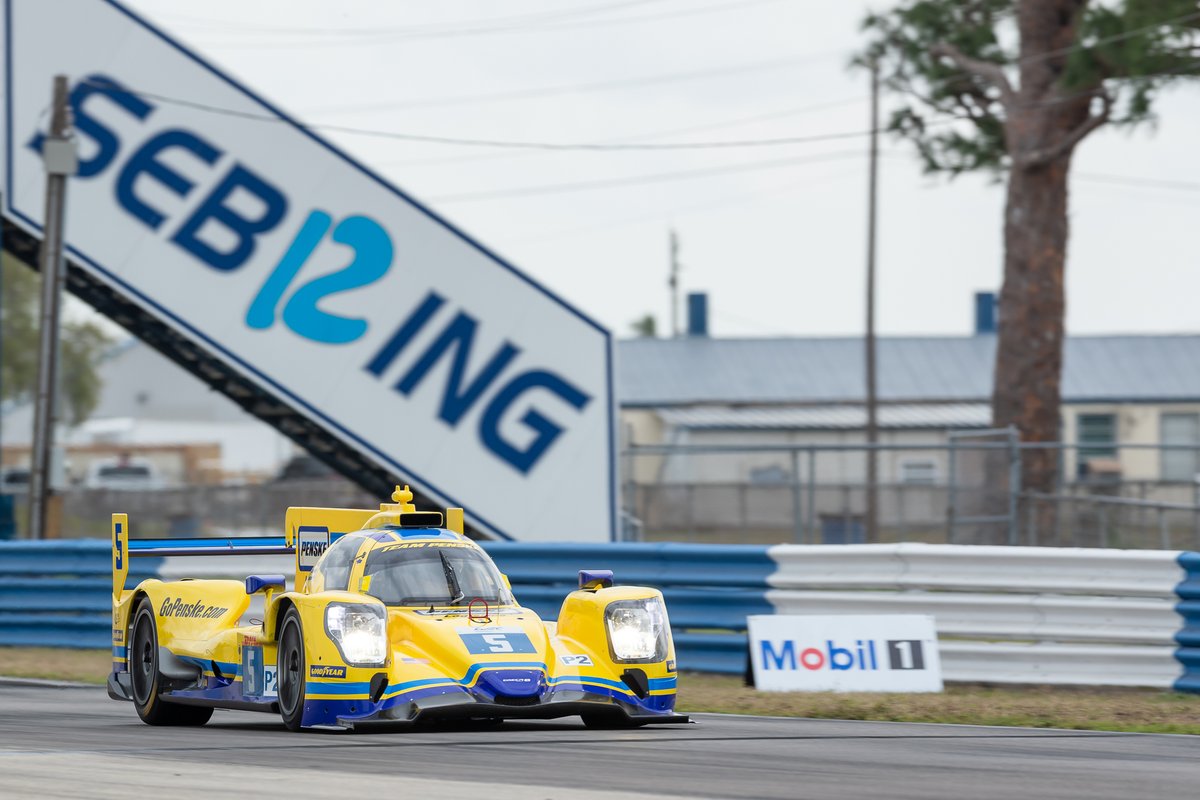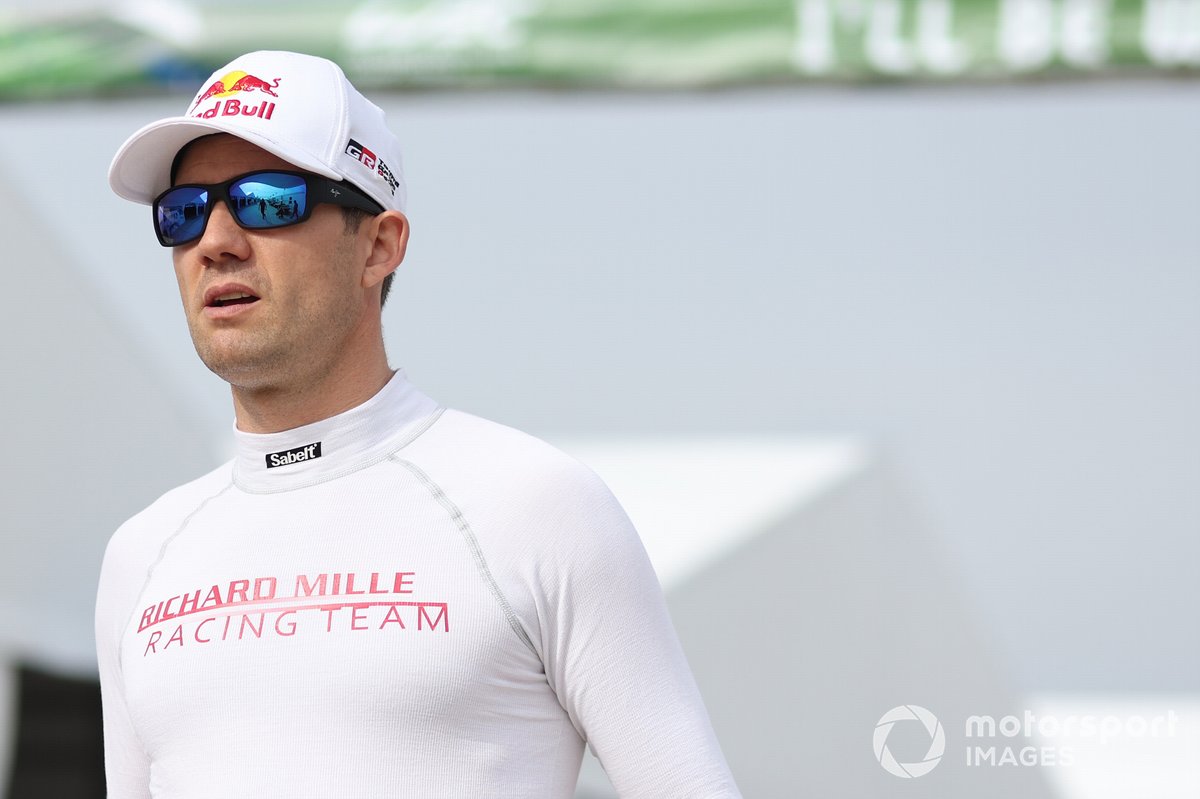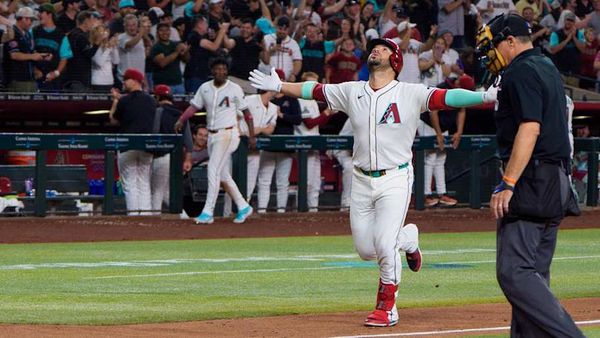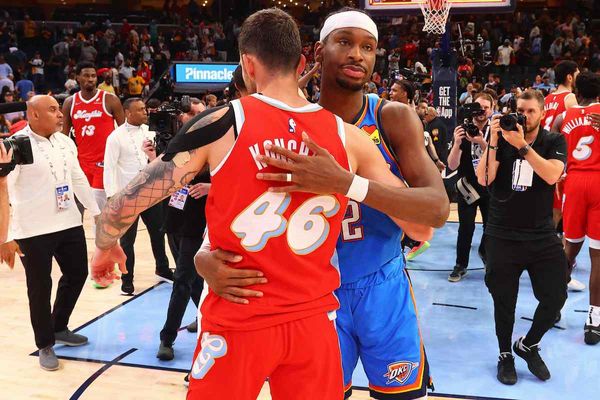
With Motorsport.tv bringing you all the action live, here are five reasons why you shouldn't miss what promises to be a thriller of a season opener.
Watch WEC 1000 Miles of Sebring qualifying and the race live on Motorsport.tv (geo-restrictions may apply).
Bumpy Sebring returns for WEC's 10th season

Following a COVID-induced pause, the WEC is returning to Sebring for the first time since 2019, the year of the inaugural ‘Super Sebring’ event in which the series shared a bill with the iconic 12-hour IMSA WeatherTech SportsCar Championship race at the Florida airfield circuit. The event proved a massive hit with drivers and fans alike, and there’s no reason to think it will be any different this time around.
That’s partly because the track remains one of the great challenges of sportscar racing. The emblematic 3.74-mile circuit is famous for its bumps, which help make the Sebring 1000 Miles and its IMSA counterpart a true test of endurance for the drivers physically and the cars themselves, not to mention a headache for the engineers tasked with finding the optimal set-up around such a unique and quirky track layout. The handful of drivers that face double duty, with WEC and IMSA both being held over the same weekend, face an even bigger task, with virtually no let-up in the schedule at all.
The 2019 ‘Super Sebring’ event was the WEC’s first visit to Sebring since the championship’s inaugural season in 2012. That means that this year’s race will mark the 10-year anniversary of the first-ever WEC race at Sebring, which was won by Audi trio Allan McNish, Tom Kristensen and Rinaldo Capello. Ten years on, who will add their name to the pantheon of winners around this iconic venue?
Corvette makes full season foray

In the GTE Pro division, perhaps the storyline to watch this season is how Corvette Racing fares in its first full-season assault on the WEC after years of participating in the Le Mans 24 Hours and a handful of one-off races. The American marque has entered a sole C8.R, with Nick Tandy and Tommy Milner entrusted with driving duties, to go up against two-car factory efforts from GTE stalwart brands Ferrari and Porsche.
This year, the WEC is the only championship in which the C8.R will be racing in its full, unfiltered, GTE rules form. That’s because IMSA has decided to axe its equivalent GT Le Mans class in the face of dwindling manufacturer support in favour of creating a new GT Daytona Pro division for GT3 cars. Corvette decided to adapt the C8.R to fit in with these new regulations Stateside, but in the WEC, no such restrictions are necessary.
Corvette will have it usual full two-car attack for Le Mans, but in the meantime Tandy and Milner face an uphill task against Ferrari and Porsche. That said, if there’s anywhere the team can cause an upset, it has to be Sebring, a track the manufacturer knows intimately from its years of IMSA competition and one that always has a habit of springing a surprise.
Ferrari and Porsche are set to renew their fierce rivalry that ended in acrimony in last year’s Bahrain season finale, with Ferrari duo Alessandro Pier Guidi and James Calado aiming to defend what can fairly be described as a somewhat controversial title. In the sister 488 GTE, ex-Formula 2 racer Antonio Fuoco joins Miguel Molina and will be looking to make a big impact as he stakes a claim to a future Hypercar drive with the Prancing Horse.
Over at Porsche, Michael Christensen is back alongside 2018/19 co-champion Kevin Estre, taking the place of Neel Jani. Both drivers will be keen to avenge Porsche’s bitter 2021 defeat, while Gianmaria Bruni and Richard Lietz will equally be hoping to step out of the shadow of the sister car, and score a first win since the 2019 race at Silverstone.
Penske, Prema join burgeoning LMP2 field

The LMP2 field continues to grow in size in anticipation of the new LMDh rules, with a total of 15 cars expected to line up on the grid for Friday’s Sebring opener.
The most noteworthy addition is American powerhouse Penske, which is running a single Oreca 07 this year to prepare for its LMDh assault in 2023 in conjunction with Porsche.
Despite being new to the WEC ranks, Penske’s experience and expertise means it wouldn’t be naive to expect it to be in the fight straight away, especially having seen how quickly WRT adapted from GT cars to prototypes last year.
An all-star line-up also plays in its favour, with double IMSA champions Felipe Nasr and Dane Cameron joined by AF Corse GTE ace Emmanuel Collard.
Another new addition to the grid with a strong racing pedigree is Prema, which has dominated the junior formula ladder for the last few years, providing a stepping stone to the likes of Pierre Gasly, Charles Leclerc, Mick Schumacher and Esteban Ocon on their way to Formula 1.
Prema isn’t going into the WEC completely blind, its partnership with the Iron Lynx squad easing its transition from single-seaters to the world of endurance racing. Add ex-F1 driver Robert Kubica to the equation and Prema has all the ingredients to challenge for class victories in its maiden campaign.
A brand new team by the name of Vector Sport will also feature on this year’s grid, led by ex-JOTA and Risi Competizione man Gary Holland. With Nico Muller and Mike Rockenfeller headlining its driver line-up, Vector Sport might spring plenty of surprises this season, perhaps as early as the opening round at Sebring.
Finally, there’s Ferrari’s partner AF Corse that is running a single Oreca 07 this year in an entry bankrolled by Francois Perrodo. The team has elected to retain its winning GTE Am line-up from 2021, with Perrodo again joined by factory drivers Alessio Rovera and Nicklas Nielsen.
New faces on the grid

A whole host of drivers from various disciplines of motorsport will be making their WEC debuts at Sebring, as the series continues to grow in stature amid the surging popularity of sportscar racing.
Easily the biggest new name on the grid is eight-time World Rally champion Sebastien Ogier, who will be driving for the Signatech-run Richard Mille team alongside reigning LMP2 champion Charles Milesi and Lilou Wadoux.
Ogier’s former WRC rival Sebastien Loeb has proved that it is possible for rally drivers to replicate their success in circuit racing - and the LMP2 class allows the 38-year-old to learn the craft away from the spotlight. The fact that Ogier is only contesting a partial season in WRC also means that he can put more focus on his LMP2 programme, which should theoretically lead to better results.
While Ogier is the standout newcomer on the grid, it’s Ryo Hirakawa who has landed the most prized seat, having been drafted by Toyota to replace the retired Kazuki Nakajima. Hirakawa’s recent success in Japan, which includes the overall SUPER GT title in 2017 and a runner-up championship finish in Super Formula in 2020, means it was easy for Toyota to call up the youngster when it was looking for a homegrown driver to take the vacant spot in the #8 GR010 Hybrid. It helped that Hirakawa already had some experience of competing in prototypes on an international level, having been part of G-Drive’s ELMS-winning crew in 2017.
Hirakawa’s GT500 winning teammate, Nick Cassidy, will also make his first appearance in the WEC this year as part of AF Corse’s GTE Am line-up - after his previous attempts to enter the series came to naught due to COVID-induced travel restrictions.
Then there’s factory Audi driver Nico Muller, who has been placed at the new Vector Sport LMP2 team in preparation for the Ingolstadt-based brand’s LMDh programme in 2023. While Audi’s return to Le Mans 24 Hours may be under doubt now, DTM ace Muller should still be able to put together some strong performances in his first years in prototypes.
Penske duo Dane Cameron and Felipe Nasr are also new additions to the grid, although the latter already has two Le Mans starts under his belt. Having been immensely successful on the other side of the Atlantic, with two titles in IMSA’s top class each, much is expected from Cameron and Nasr as they make their full-time WEC bow at Sebring - a track they are both familiar with.
Three-way Hypercar battle

Toyota is the overwhelming favourite for outright honours at Sebring this weekend, with the GR010 Hybrid introduced last year yet to be beaten in WEC’s new Hypercar division. Toyota hasn’t exactly had a clean run since it debuted the successor to the all-conquering TS050 LMP1 car at Spa 10 months ago, with its troubles at last year’s Le Mans 24 Hours now well documented. But the Japanese manufacturer has so far managed to maintain an upper hand on its only two rivals in the class, Glickenhaus and Alpine.
That said, it isn't a given that Toyota will walk away with a seventh victory in as many races since the start of a new golden era for sportscar racing last year. The biggest obstacle in Toyota’s way is the latest Balance of Performance bulletin under which the minimum speed at which the two GR010 Hybrids can deploy hybrid power has been raised from 120km/h to 190km/h. This will severely restrict the drivers from using the additional boost to accelerate out of the corners, potentially bringing both Glickenhaus and Alpine to the fray.
Moreover, Toyota has also undergone a change in driver line-up over the winter following the retirement of Kazuki Nakajima, which could affect the dynamics within the team. While Mike Conway, Kamui Kobayashi and Jose Maria Lopez continue their winning partnership in the #7 car, Super Formula and SUPER GT frontrunner Ryo Hirakawa has been brought in to partner Sebastien Buemi and Brendon Hartley in the sister #8 machine. Hirakawa is rated highly by Toyota and has already proved his speed outside Japan, aiding the G-Drive team to the ELMS title in 2017. However, he will take time to integrate into the team, which could play into the hands of its rivals.
Glickenhaus has so far proved to be a creditable privateer, with its Pipo-engined 007 LMH proving rapid if not reliable during a partial maiden campaign last year. Its biggest strength is its driver line-up, with two-time Le Mans winner Romain Dumas accompanied by 2020 Rolex 24 victor Ryan Briscoe and sportscar ace Olivier Pla.
Alpine, too, has a creditable driver line-up fronted by Nicolas Lapierre, but the French manufacturer’s prospects will depend largely on how its grandfathered LMP1 car will be balanced against cars built to new LMH rules.
Toyota trailed both Alpine and Glickenhaus in the first practice session of the week and wasn't particularly quick over one lap in last weekend's Prologue either. However, the Japanese marque tends to hide its true pace until qualifying, so it's too early to draw any meaningful conclusions about the pecking order in the Hypercar class.
Watch WEC 1000 Miles of Sebring qualifying and the race live on Motorsport.tv (geo-restrictions may apply).







